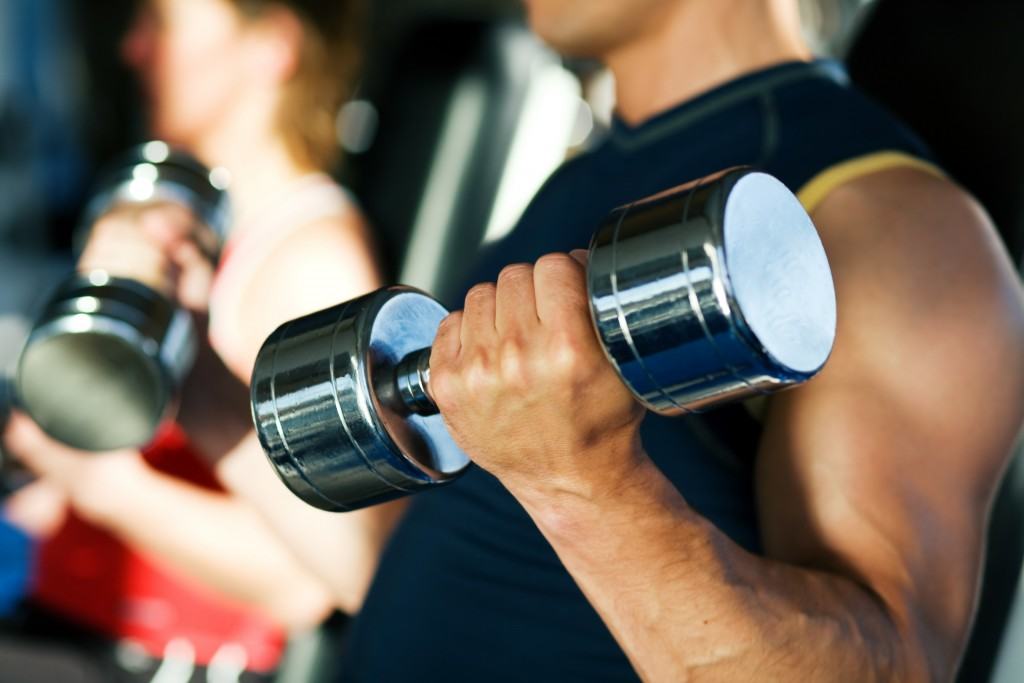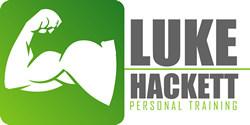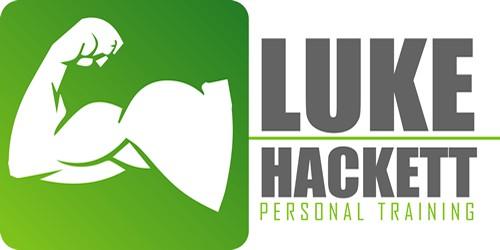Resistance Training: A Beginners Guide & Safety Tips

Resistance Training is a type of exercise aimed at increasing the size and strength of the body’s skeletal muscles.
The origins of resistance training and the fascination of how strong people could make their bodies dates way back to the very ancient beginnings of history; a particularly good record of this comes from ancient Greece where legend has it that a renound ancient Greek wrestler, Milo of Croton trained by carrying a newborn calf around on his back every single day until that calf had grown to maturity.
Basic Principles of Resistance Training
The basic principal of resistance training is to utilise “progressive overload” meaning to challenge the muscle or muscle group you are targeting to a level of exertion it has never before encountered; you would use the highest weight you could use while still getting the full range of motion and benefit of the exercise – during the exercise muscle fibres are broken down and the body is stimulated to adapt the muscle by making it stronger, thicker, activating more muscle fibres so that next time that level of exertion is reached the muscles will find it easier to deal with.
As the muscles strengthen the amount of weight you use for the exercise should increase to maintain progress.
The number of repetitions of an exercise will also have an effect on the type of adaptations prompted for example:-
- A maximal weight you can only do in good form for 1 or 2 reps will increase muscular power. Power or Muscular power is the ability of the muscles to rapidly exert force or to perform an exercise at high intensities for short bursts of time.
A very heavy weight you can only do in good form for 4 to 6 reps will increase muscular strength. This is strength training in the truest direct sense of the word and trains the muscle fibres to coordinate and better work together so that they will all “fire” together during a contraction (ie when you lift a weight).
A medium-heavy weight you can only do for 8 to 10 reps will increase muscular size, also known as hypertrophy. This type of training will activate more Type 2 or “Fast Twitch” muscle fibres making the muscles appear larger and also offering increased muscle strength (although diluted strength gains compared to actual strength training).
A medium-light weight you can only maintain for around 10-12 reps will increase muscular endurance. Because you are going for longer but with a lower weight your body will adapt the muscles by increasing the size of their glycogen supplies – making them appear slightly larger and allowing them to lift their medium-light weights for more reps as a result.

DOMS (Delayed Onset Muscle Soreness)
After a resistance or weight training workout you may start to feel some stiffness or discomfort in the muscles you have worked – this is completely normal and is referred to as DOMS (Delayed Onset Muscle Soreness) and it usually happens 24-48 hours after you train. Some experts believe DOMS to be directly associated with the muscle repair and adaptation process.
DOMS is usually quite a dull ache and is not an unbareable pain – should the pain be more than a discomfort I should recommend seeing your GP or Physician just to be on the safe side particularly if you are new to resistance training.
Things which may help you reduce DOMS are: A proper cooldown and stretching routine when you finish your workout, making use of a foam roller to release muscle tension via myofascial release and eating a good post meal workout.

The Health Benefits of Resistance Training
The long list of benefits of resistance training can be enjoyed by everyone – male, female, old and young alike – check out this far from exhaustive list of examples of the health benefits you can achieve:
Regular resistance training can reduce your blood pressure by up to 8mmg; decreasing your risk of coronary heart disease and associated conditions
Much in the way that muscles adapt to weight or resistance training, bones also adapt in a process called remodeling and via this process the density and strength of your bones can also increase over time while you are following a regular resistance training program. The bones may also take on greater stores of essential minerals such as calcium and phosphorus.
- Put on some of your favourite music while you exercise and train outside on nice days to make it more enjoyable and fun while you work out. I use my AQSTIX wireless waterproof speaker for training outdoors on sunny days. Listening to your favourite music can release positive endorphins and make you feel happier.
Decreased body fat is also a much overlooked side affect of weight or resistance training as not only does the exercise itself burn calories but the increase in lean muscle mass will also raise your metabolism meaning you burn more calories even when you are at rest.
A decrease in LDL or ‘bad cholesterol’ and an increase in it’s counterpart HDL (good cholesterol).
A balanced full body resistance program performed safely and in good form can help to improve your posture.
You’ll perform better in every day tasks; carrying the shopping, gardening etc will all seem easier and a trained person is also at less risk of injury then their untrained peers.
Improved self confidence, body image and mental state.
As I say this list isn’t exhaustive but features some good examples which should appeal to practically anyone.

Safety & Tips
Resistance training carries a lot of great benefits however there are some safety considerations to consider before getting started.
Under 18? Work with light to moderate weight and focus on form and range of motion. If you are under 18 years old the use of heavy weights can damage the epiphyseal plates andresult in bone damage and deformity.
Unsure on the correct form for an exercise? Ask one of the fitness instructors or PT’s in your gym and they’ll be happy to help – it’s what they’re there for afterall. And if they aren’t happy to help it’s a sign you’re going to the wrong gym.
Proper warmup – If I had a pound for every time I saw/heard about someone getting injured because they didn’t bother to warmup and went straight for their heavy/working weights… well I’d have about 20 pounds… a proper warmup entails a 4-5 minute session on a piece of CV equipment (the crosstrainer is good as it works both the upper and lower body) to warm the muscles and get blood, oxygen and nutrients moving around the body.
The second component is to do some dynamic stretches to get all of your joints mobile, lubricated and ready for exercise thus helping to prevent joint damage, muscle strains which could stop you training for an indefinite time period!
Proper cooldown – Again just as important as the warmup. When you finish training take 5 minutes on the treadmill going from a moderate to slow pace to help bring your heart rate down. This helps avoid blood pooling in the legs (which isn’t very nice).
Follow this up with some stretches to help return your muscles to their resting lengths, this helps avoid tired/tight muscles and the resultant imbalances, postural problems that they come with.
Multivitamins – It’s quite important that someone involved in a regular intense exercise routine gets the correct levels of essential multivitamins and minerals. Why? B vitamins for example will help to maintain proper energy metabolism whilst Vitamin C will help prop up the immune system to make sure you don’t get a cold and start missing sessions! If you are on any medication or have any pre-existing medical conditions speak to your GP before taking any multivitamin supplement (or anything else of that nature).
Protein – Try to consume foods with a good amount of quality protein in, particularly post workout as protein (and the amino acids within it) is directly associated with helping rebuild damaged muscle fibres and as a building block to produce new ones.
Always consult a medical professional before undertaking any new diet or exercise program; especially if you have a pre-existing medical condition.
Hope this article helps, and if you have any questions or need any help feel free to reply in the comments or contact me on personaltraining@lukehackett.co.uk

